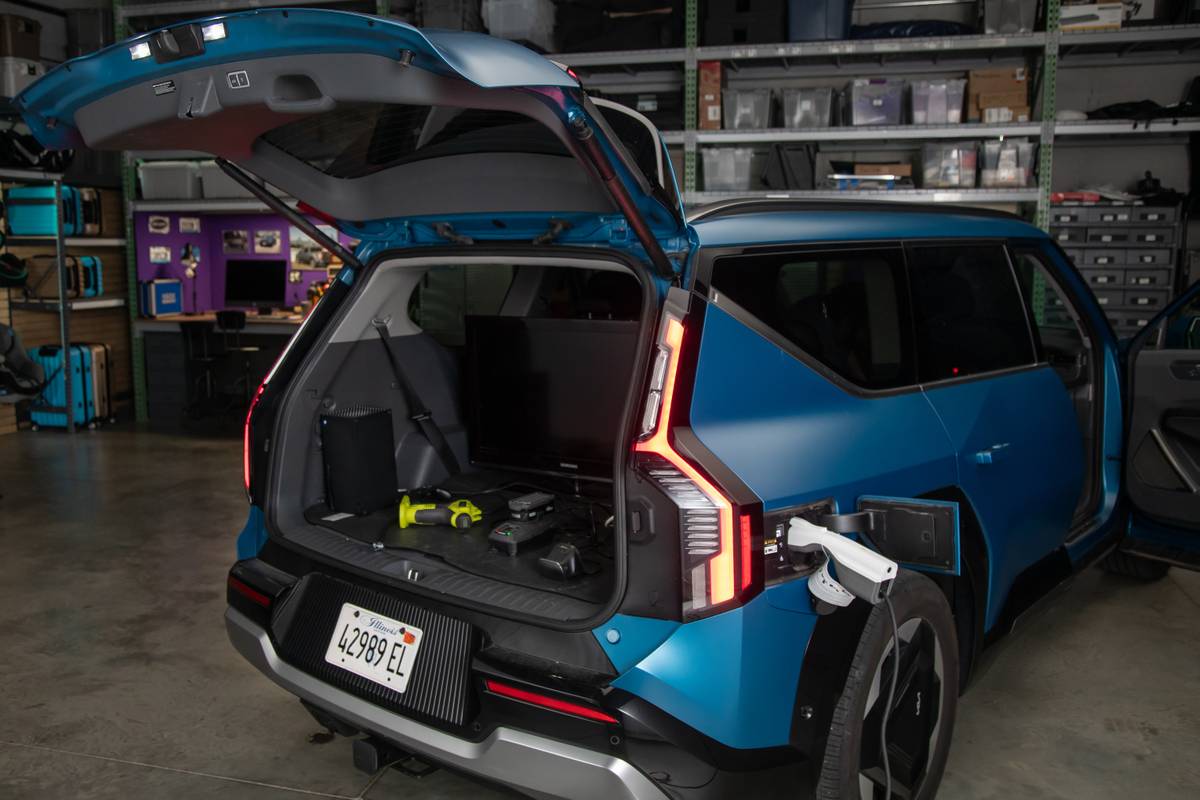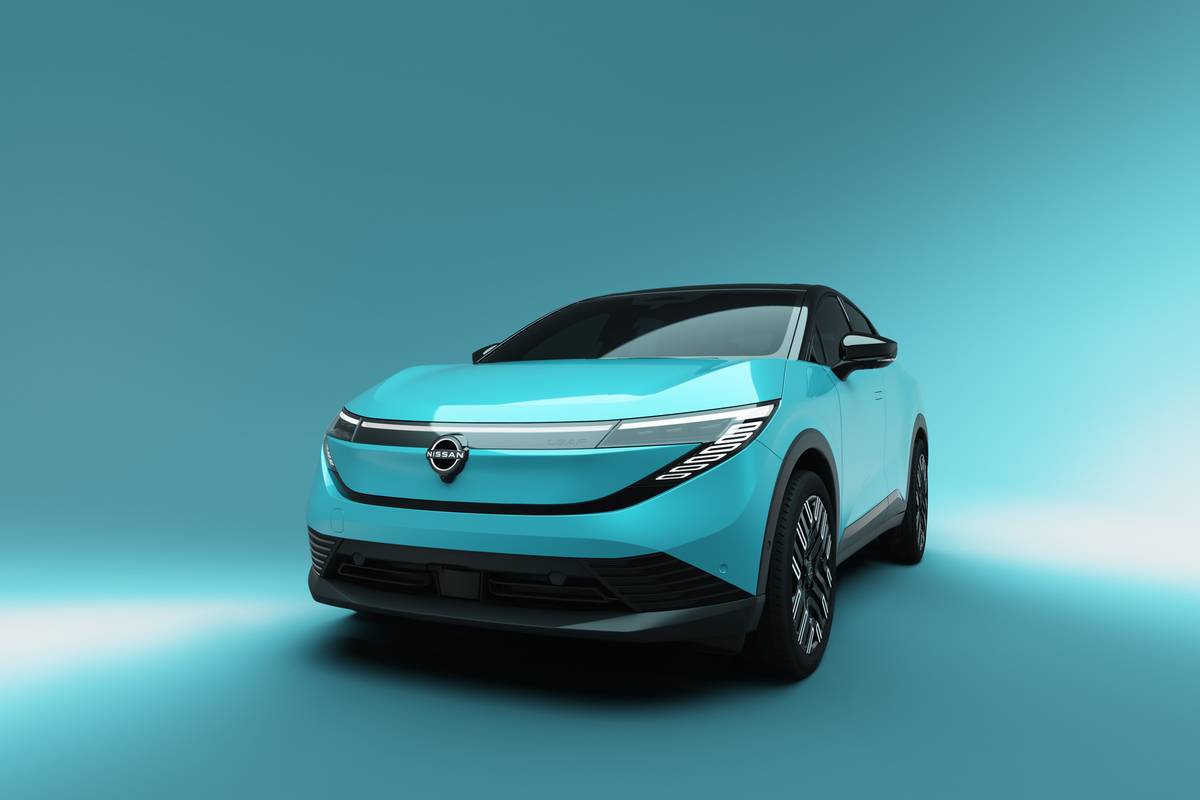Boston.com's view
When Honda introduced the V-6 Accord, the reaction in this corner was, “Why? They don’t need it. The 4-cylinder VTEC is a great engine.”
That wasn’t a view from afar, either. I owned a 1994 Accord EX Coupe with said 4-cylinder. Because of the VTEC technology (variable valve timing and ignition), the car felt nimble and it was quick with the 2.2 liters putting out 145 horsepower and 147 lb.-ft. of torque. In addition, it was great on gas – and the engine was practically bulletproof. So, unless you’re doing lots of high-speed cruising, why opt for the 6?
That’s my stance and I’m sticking to it, especially after a week with a just-off-the-truck 2003 Accord EX Coupe. It has the new and improved version of the 4 – now up to 2.4-liters and 160 horsepower. Honda now calls it an i-VTEC. “I” as in improved? Intelligent? Maybe impressive? It’s all three.
This is the same engine that “tuners” have come to covet, so I don’t feel alone out on some branch in shouting its praises.
What I do feel is dumb. An inadvertent push on the trip odometer erased my mileage record, but it was going to come in well over the 30 mpg mark.
The 2003 is the seventh generation of Accords, and Honda has gone the way of rounded back with some side seams to set off the curves. Honda calls it “Cheetah-like.” Actually it looks like what the designers aimed at: A big brother to the S2000 sports car.
Honda is aiming this coupe at the young buyer, and has found a nice niche because it truly is a one-of-a-kind in its price range.
Make no mistake, this isn’t a four-door Accord sedan with the back doors removed. It’s a total redesign that doesn’t share any sheet metal with the sedan.
This coupe has a stiffened suspension – more German than Japanese. Compared with its closest competitor, the Toyota Solara Coupe, it’s a very different animal. With the Solara, you have to add the aftermarket TRD suspension and handling package to equal what the Honda factory is sending out.
As a penny-pinching journalist, I can look at the Accord Coupe (at $22,160) and say, “I could live with this very nicely if I didn’t want to pony up the extra for an Acura coupe, a BMW 3-series, or Audi A4.” And, Honda recently added factory kits to lower the car an inch, tighten the suspension even more, add 17-inch wheels, and dress up the body, much as it’s done with the Civic Si. Again, a pitch to the young market.
When I bought my ’94 Accord, I’d actually gone shopping for the more sporty Prelude. But a 6-footer couldn’t fit in the Prelude unless he (or she) liked the sensation of driving with one’s head pushing firmly against the roof. The ’94 Accord was a bit better but not enough to permit this driver to wear a cap. The ’03 Coupe, which also replaces the Prelude in the Honda lineup, is a tad better, giving room for this driver to don a baseball cap – as long as said driver doesn’t like to have the seat ba ck in the full upright position.
Leather is an option (actually a model-within-the-model with a $1,300 higher MSRP) and one you might consider if you’d like to add heated seats and an outdoor temperature display, both handy in this region. We had a black cloth interior and the seats offered adequate support but were hard to adjust with the only power assist a height adjustment. The eight-way adjustable driver’s seat that comes with the leather option might have helped find the optimal driving position.
Our driving experience – no surprise here – was more than satisfactory. The 4, mated to a five-speed manual transmission, offered all the performance necessary with fifth gear being a true highway overdrive.
Honda also is offering a new five-speed automatic that upgrades the more-than-acceptable four-speed from past years. (A six-speed is available with the V6 if you need to have bigger, better, more, etc.)
The suspension clearly was stiffer t an expected with an Accord, though, on several fast turns, the front wheels tended to “unweight” – a push in NASCAR terms. That was a signal to back off the accelerator.
Hitting the brakes in this season of snow and ice was a pleasure. ABS and EBD (electronic braking distribution) got the job done. But remember, speed is the critical factor when it comes to stopping on snow and ice, not fancy systems with graduate degree-like initials.
Inside, the coupe was Honda functional. The dashboard lit up as soon as the key went in the ignition, and the dials were big and readable. The center console that contained the audio system (6-disc CD changer) and climate controls was pretty standard stuff.
Our nonleather version was a functional black and silver inside. It seemed appropriate to the vehicle. However, if I were buying it, I’d opt for this vehicle with the leather trim and have a near luxury car.
Getting in back is normal coupe routine: Hit the lever on the side of the front seats, they fold to the front and slide forward to allow access to the rear seat. Still, that’s not something you want to have to do on a daily basis.
With the back seats folded down, turning the car into a hatchback for cargo-carrying purposes, we had no trouble carrying home the boxes containing all the parts for a rooftop rack that will accommodate a tandem bicycle on another vehicle.
That was appropriate, because this truly is a vehicle built for two as well.
If that’s what you want, Honda had the formula right a decade ago – and they’ve only improved on it with this version.
Likes: The combination of performance and economy. This is a highly subjective formula, but I like this one – a lot.
Annoyances: Headroom. A 6-footer should fit comfortably in a mainstream vehicle.
Latest news



